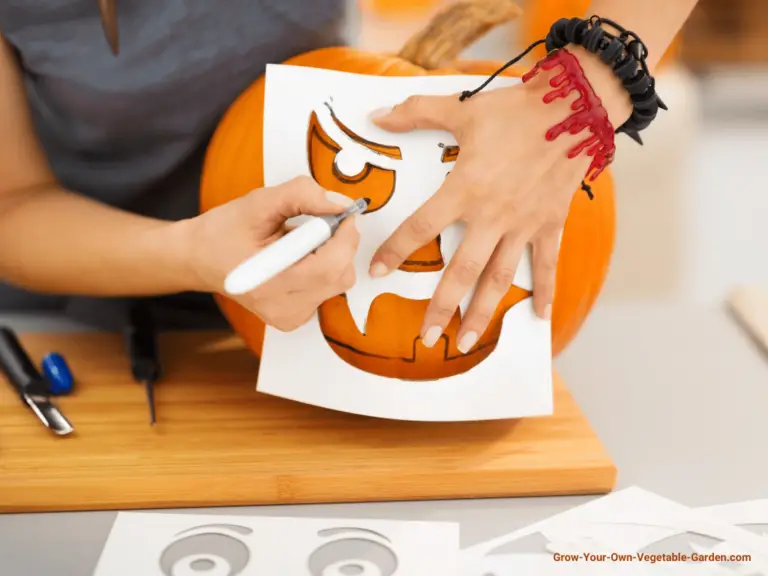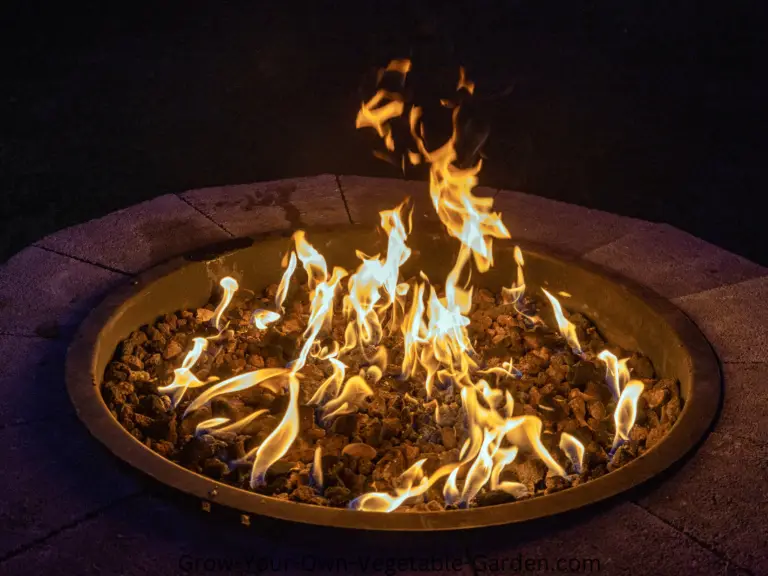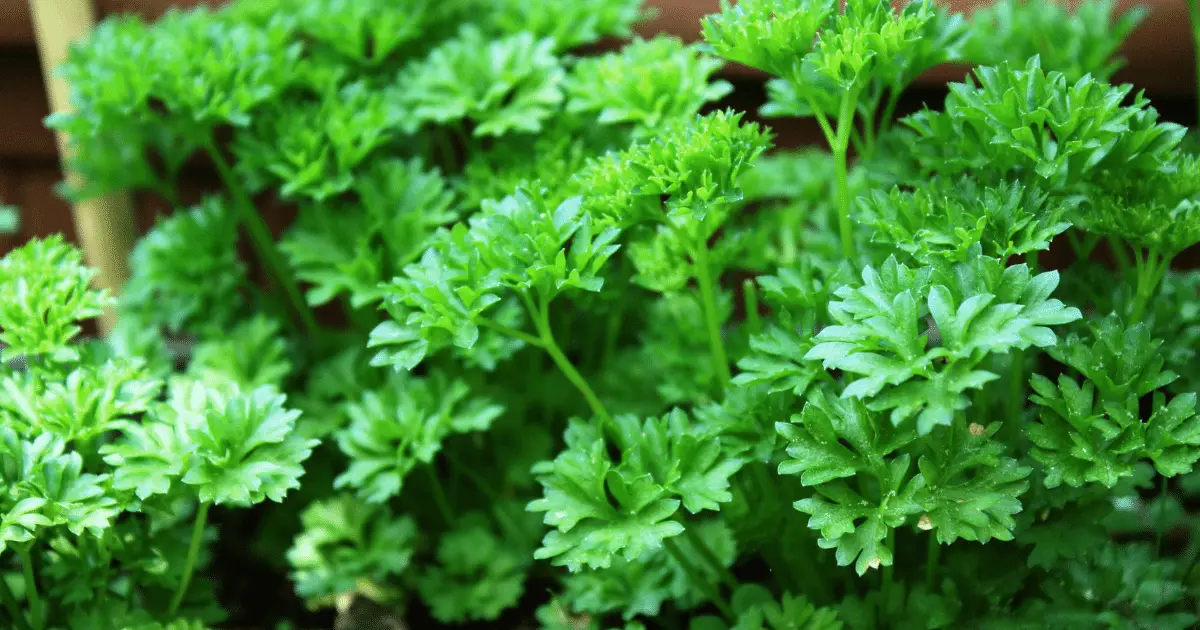
How To Grow Parsley
What Is Parsley?
Parsley is a robust biennial herb from the Apiaceae family, native to the Mediterranean and cultivated across the world. The plant has a gorgeous crown of aromatic green foliage, either flat or crinkly and grows up to a foot tall.
Parsley plants make excellent partners for annuals, perennials, and other herbs in beds, containers, and window boxes. Plants provide a stark contrast to colorful annuals while also adding just the right amount of charm to your seasonal edging. Curled parsley has a ruffled appearance, although both types of parsley are equally abundant.
Varieties Of Parsley?
Parsley comes in two main varieties with the most commonly known, grown and used, being leaf parsley. There is however another much lesser recognised and used variety which is known as root parsley.
Root, sometimes referred to as Hamburg or German parsley, is grown as a root vegetable and looks very similar to a parsnip but does not taste like one. The parsnip-like root of Hamburg parsley, which can reach lengths of 8 to 10 inches, is used instead of the leaves. It can be roasted, fried, or chopped and added to a soup or stew.
This is grown and cared for in a different manner to leaf parsley and will not be covered in the growing guide of this article as it really needs it’s own piece.
So back to the parsley that most people recognise and that is leaf parsley, which in turn comes in two varieties of flat leaf (sometimes referred to as Italian parsley) or curled leaf.
Curled Leaf Parsley
Curled leaf parsley is the most prevalent variety in the United States. It’s typically dried and used as a garnish in stews, soups, and other cuisines.
Decorator: a dark green, thick-leaved parsley.
Forest Green: a heat-tolerant parsley with great flavor and a bunching growth habit.
Long-stemmed Pagoda and extra curly variations such as Extra Triple Curled and Frisca are among the curled leaf parsley cultivars.
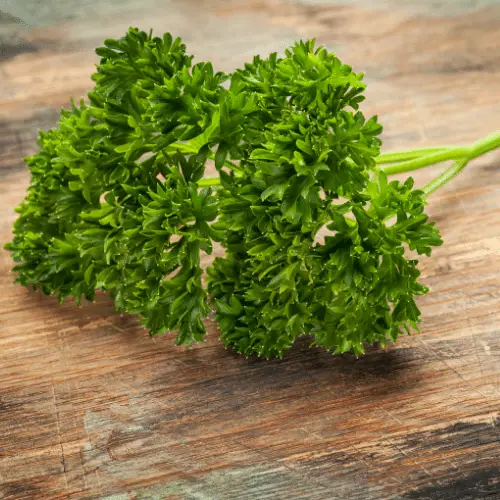
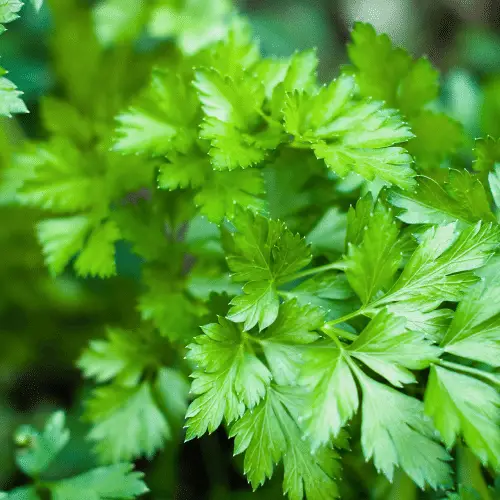
Flat Leaf Parsley
Flat-leaf parsley has a stronger flavor than curled leaf parsley in soups, salads, stews, and sauces.
Gigante Catalogno: has huge, flat leaves.
Italian Dark Green: has sturdy stems and a richer flavor.
Italian Plain Leaf: is a dark green, fast-growing cultivar.
Planting Parsley
Parsley grows best in partial to full sun with well-drained, fertile soil.
How To Grow Parsley From Seeds
Plant parsley seeds indoors about 8-10 weeks before the last forecast frost in your area for a head start.
Fill small pots halfway with professional seed-starting potting soil such as Down To Earth Pro Organic Mix. Plant a pinch of the small seeds on the potting mix’s surface, then gently push them into the soil so they sit about ¼ inch below the surface.
To keep the seeds warm and wet, cover the containers with clear plastic.
Place the seedling trays in indirect sunshine and sprinkle the potting soil lightly when it feels dry to keep it moist – I personally use a generic spray bottle to mist the soil.
You will need to have some patience now as it may take up to about four weeks for germination and the first signs of life.
Once the parsley seeds have germinated and your plants have increased in size it is important to prevent overcrowding so thin them out to about 6 inches apart but don’t discard your thinned out seedlings, throw them in a salad instead.
In the spring, once the risk of frost has gone, start to harden off your seedlings by moving them to a cooler area and placing them outside during the day but in a protected spot. Start off with a short time outdoors and then over the course of about 10 days, gradually increase this before finally planting them out.
Choose your planting spot, remembering you need well draining soil in partial to full sun. Apply 2 to 3 inches of organic matter to the soil, such as compost or manure, and then dig the organic matter in.
Plant the seedlings about 12 inches apart in rows, ensuring any hole is deep enough to accommodate their root ball and then water well.
If you’re planting into pots then you want something about 10 to 16 inches across and about 16 inches deep in order to accommodate the long tap roots of mature plants.
How To Grow Parsley From Seedlings
As parsley is very slow to germinate and can be quite temperamental, with a large number of seeds failing to germinate, a very convenient approach is to purchase established seedlings from your local garden supplier.
Once you have the seedlings simply follow the same approach as when growing from seed.
Dependent upon your local supplier it may be necessary to harden the seedlings off prior to planting out so take this into consideration
How To Grow Parsley From Cuttings
As with a lot of plants, another option is to grow parsley from cuttings from a mature plant. You can do this by taking a cutting from one of your own plants or those of your friends or even from parsley you buy at the grocery store.
Choose a healthy stem at least 4 inches in length with plenty of leaf growth and if taking from a plant, cut it as close to the base as possible.
Strip the lower two thirds of any growth and then keep in a sunny spot in a jar of water until root growth starts to appear. Once at this stage plant on into a pot with some good quality potting mix and then follow the same approach as you would with seeds or seedlings.
How To Grow Parsley Indoors
Parsley is a great contender for growing indoors as it generally does very well and not only provides plenty of tasty, easy to access foliage but it also works well in an ornamental aspect.
Figuring out how to grow parsley indoors is quite easy as the best approach is to do it all in one step with no transplanting involved and no need to harden off any plants.
So first of all, starting from seed is the most hassle free approach. Pick your spot where you’re going to have your pot, remembering that this has to be a very sunny space such as a south facing windowsill.
Pick the biggest pot that you can comfortably accommodate in that space, ensure it has ample drainage holes in the base and then place about 1 to 2 inches of gravel in the base.
Fill the pot, to about 1 to 2 inches from the brim, with a good quality potting soil.
Sprinkle parsley seeds over the surface and then cover with another thin layer of your potting mix and ensure the soil is moist.
Place your pot onto a saucer or into a tray to catch runoff when watering and put into place. Keep the soil moist and in about 4 weeks you should start to see signs of germination.
Thin out your seedlings to about every 2 inches to prevent overcrowding.
Once you have some growth make sure to rotate your pot every few days to ensure equal light distribution.
It’s now just a case of ensuring you keep the soil moist and feed the plant every couple of weeks with a good liquid fertilizer.
Caring For Parsley
Parsley is a relatively easy plant to care for and doesn’t require heaps of looking after but there are a few things that you should do to keep it in good health.
Watering
Parsley can be quite a thirsty plant so it’s important that, wherever you plant it, you don’t allow it to become too dry. Ensure if in containers that you keep the soil moist and if planted out make sure to give the plant a really good watering a couple of times a week and more so if very hot.
Pruning / Trimming
You shouldn’t really have to worry about pruning to keep the plant in check but there is some trimming that you should do.
If any foliage starts to turn yellow then you should remove that section.
If the plant starts to flower then you need to remove any flowers as this will help discourage the plant from ‘bolting’ or going to seed.
Feeding
Parsley is a nutrient hungry plant so whether you’re growing indoors or out, we would recommend you prepare any soil prior to planting by mixing in a good quality fertilizer medium or granulated plant food.
Once your plants are growing then it’s good practice to give them a feed every few weeks or once monthly with a good quality liquid fertilizer.
Pests And Other Potential Threats
Crown Rot
Soggy soil is linked to crown and root rot. The perpetrators are fungus and bacteria present in the soil that go crazy when the earth gets wet. The plant discolors and dies as the leaves turn yellow and brown, followed by the stems and the entire plant.
Leaf Spot
The Septoria fungus causes leaf spots, which is another typical problem with parsley plants. Yellow dots appear on the leaves, which deepen to brown and have a golden halo. Leaves wilt and fall off from time to time.
Blight
Brown to black dots appears on the leaves as the disease progresses. Over time, white-gray fungal growth appears on all leaf surfaces. Leaves wither and perish as a result of their inability to thrive.
Parsley Uses
Parsley is widely used in cooking but I think it is often, quite unfairly, considered dull or boring and is frequently relegated to be simply a visual garnish.
When used with a little bit of imagination, parsley can help create wonderful dishes. Two favourites of mine are Chimichurri or, what I’ve heard referred to as ‘cheat’s pesto’ which is parsley and walnut pesto – both simply delicious.
As with many herbs, parsley also has a long history of use within herbal medicine and is thought to offer many benefits ranging from simply nutritional through to helping deal with ailments. It is often made into a herbal tea for consumption.

Parsley FAQ’s
What Is The Best Parsley Substitute
The best three alternatives to parsley in cooking are Endive, Tarragon or Celery leaves – in that order.
They all have broadly similar flavour properties but to varying strengths.
How To Store Parsley
Fresh parsley is very easy to keep. Simply snip the bottom of the stalks off and place it into a jar with a couple of inches of water in the bottom and then cover loosely with a clear plastic bag. It can be kept at room temperature as long as it’s not too warm.

